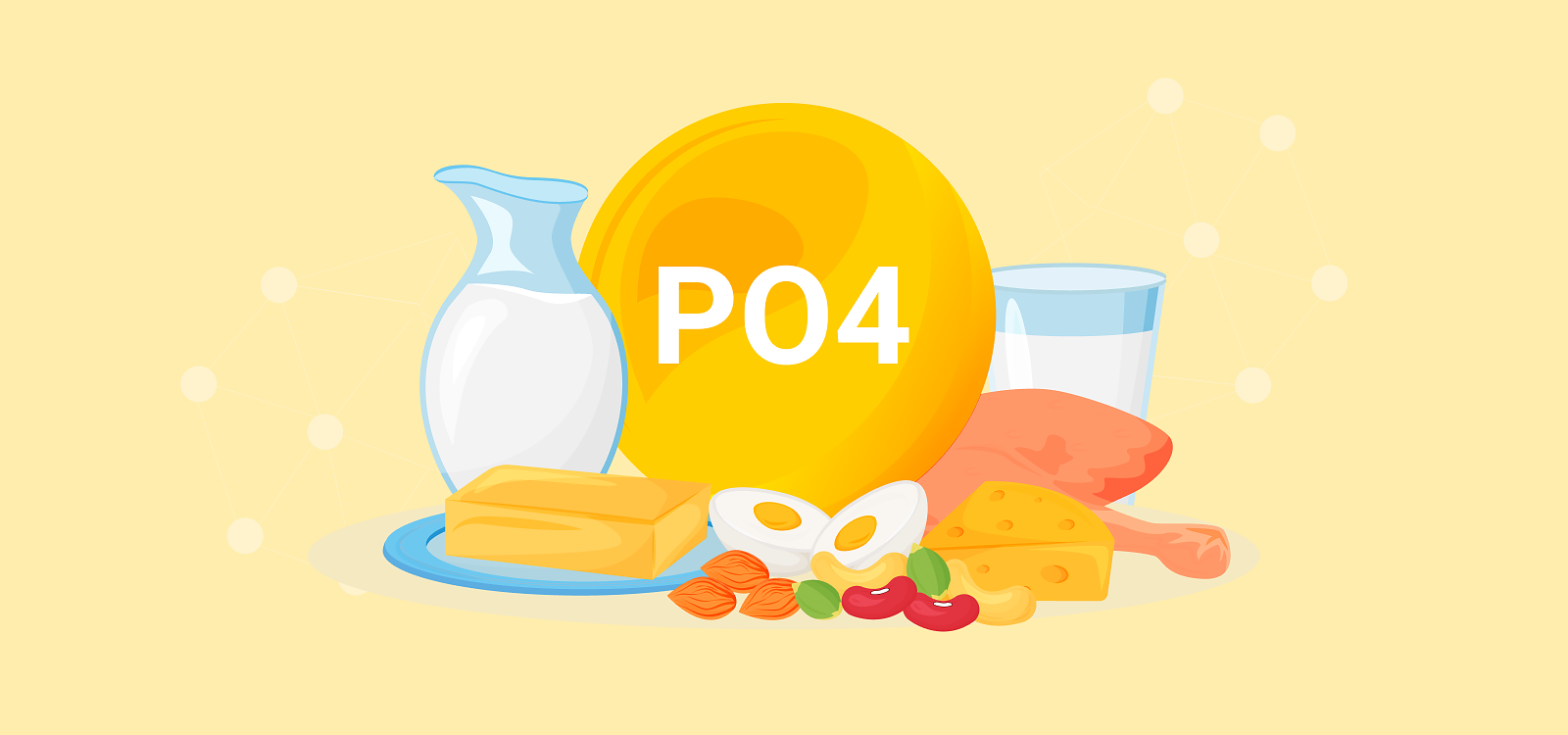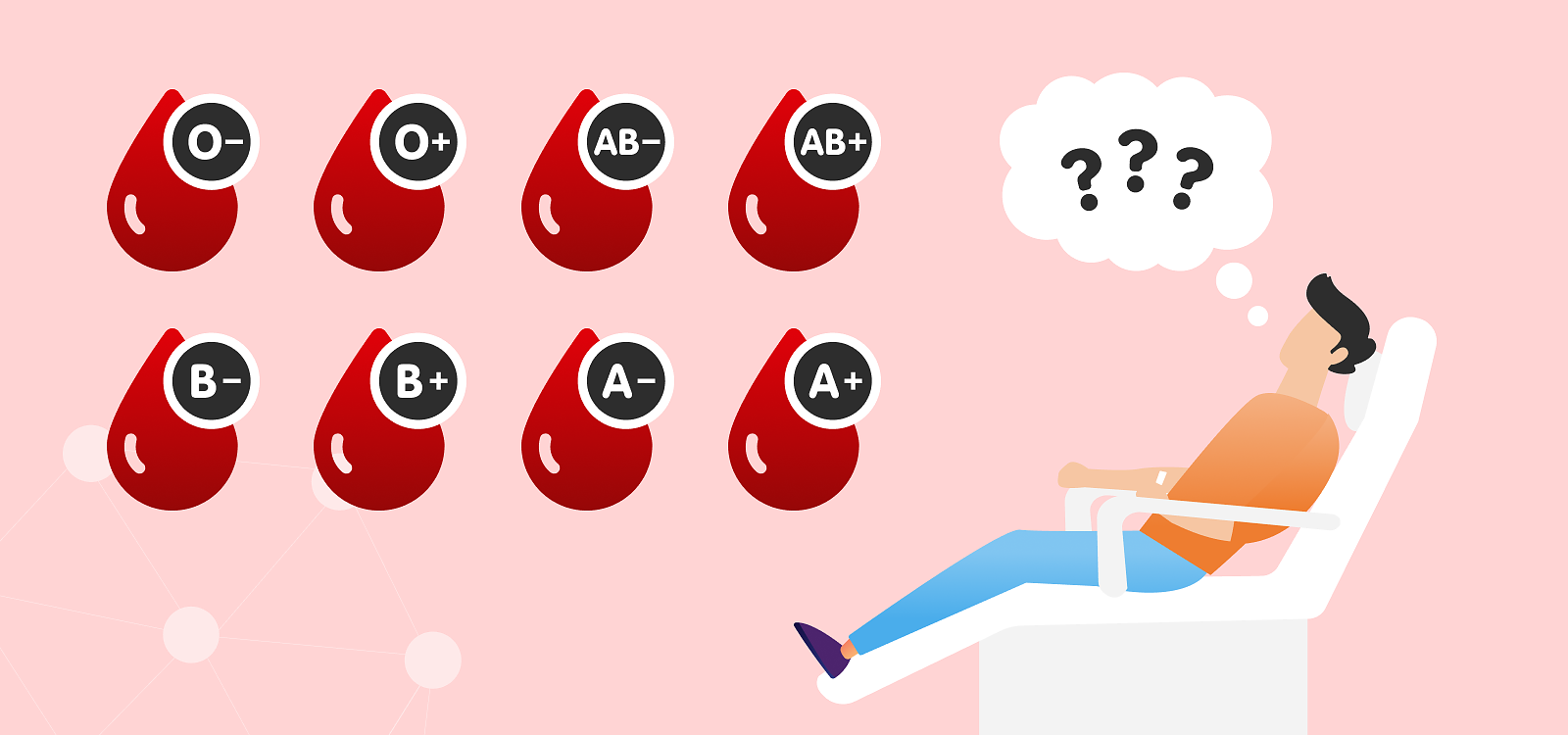Parameter Tuesday: PHOSPHATE
Phosphate or PO4 is an electrically charged particle in your blood that participates in the essential biochemical processes in your body – energy production. It is important for proper nerve and muscle function and helps maintain a normal acid-base balance. Phosphate, together with calcium, plays an essential role in bone and teeth growth.
Phosphate consists of the mineral phosphorus and oxygen. When ingesting foods rich in phosphorous like beans, cereals, chicken, nuts, dairy products, fish, and eggs, phosphorous is absorbed in your body in the small intestine. Phosphorus is then combined with oxygen to form phosphate. Around 80% of phosphate is stored in bones, 20% is found in soft tissues, and less than 1% is found in blood plasma. To make sure the concentration of phosphorous in your body is maintained at a normal level, your kidneys are responsible for removing excess amounts.
High phosphate levels can be a sign of kidney failure, diabetic ketoacidosis, or hypoparathyroidism, meaning that your parathyroid gland is not functioning properly and is not producing enough parathyroid hormone. Phosphate levels are also elevated when the dietary intake of phosphate is increased or there is too much vitamin D in your body.
Low phosphate levels can be a sign of hyperparathyroidism, meaning that your parathyroid gland is not functioning properly and is producing too much parathyroid hormone. When your body is deficient in vitamin D, problems with your bones like osteomalacia can occur and cause phosphate levels to drop. Malnutrition and alcoholism can cause phosphate levels to drop as well.






